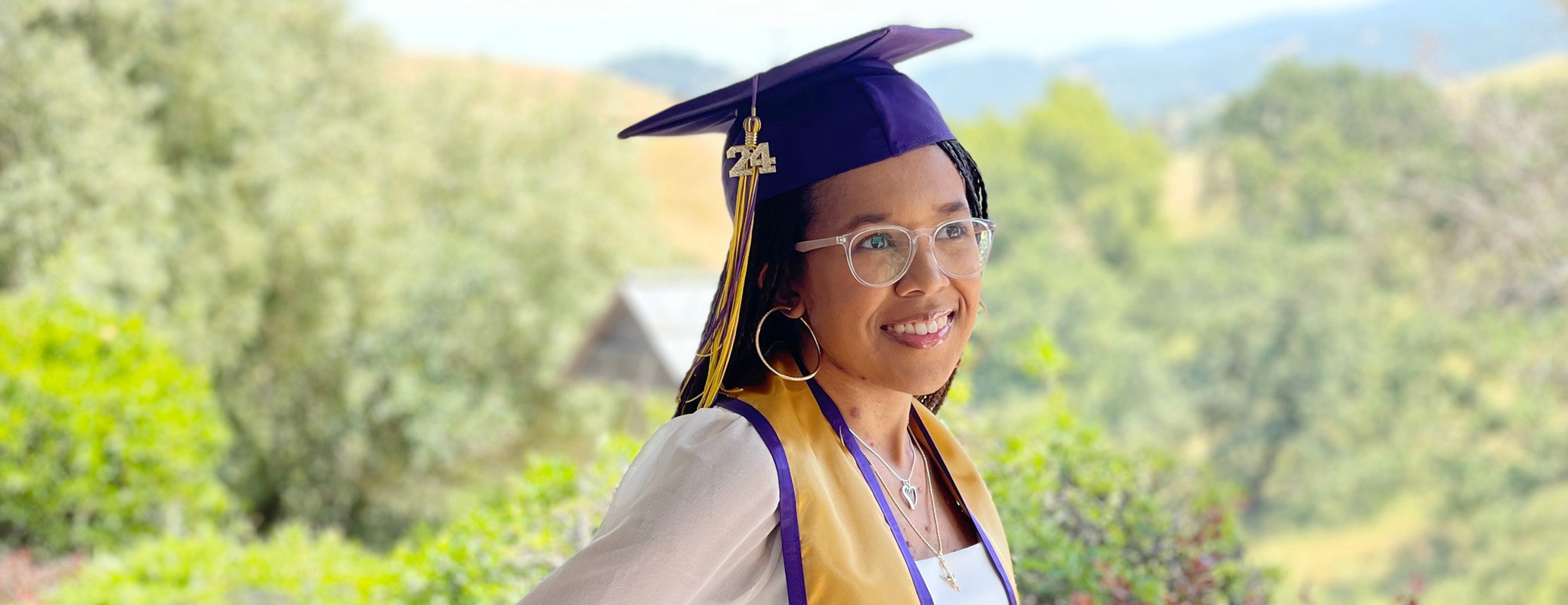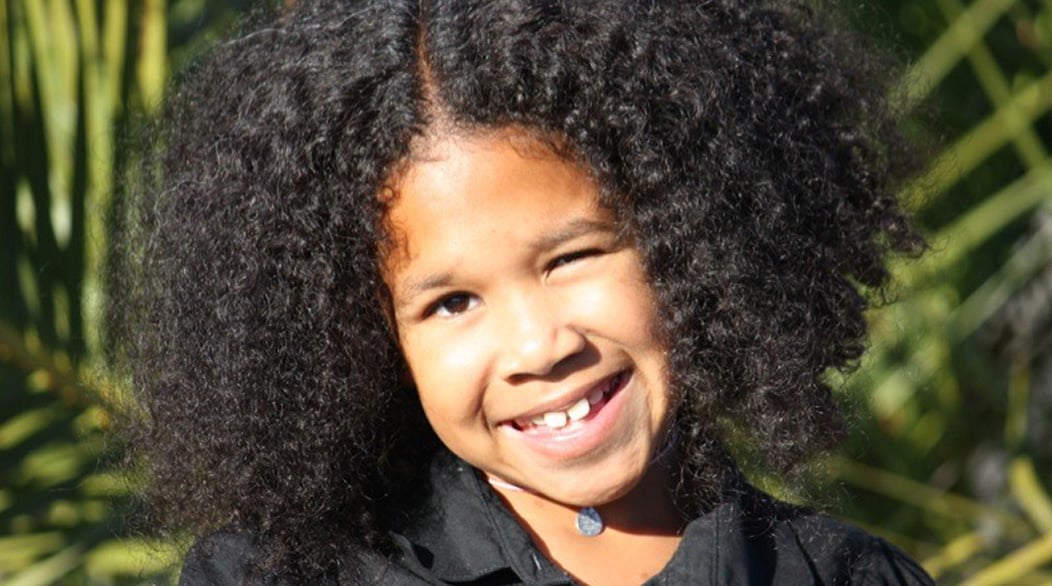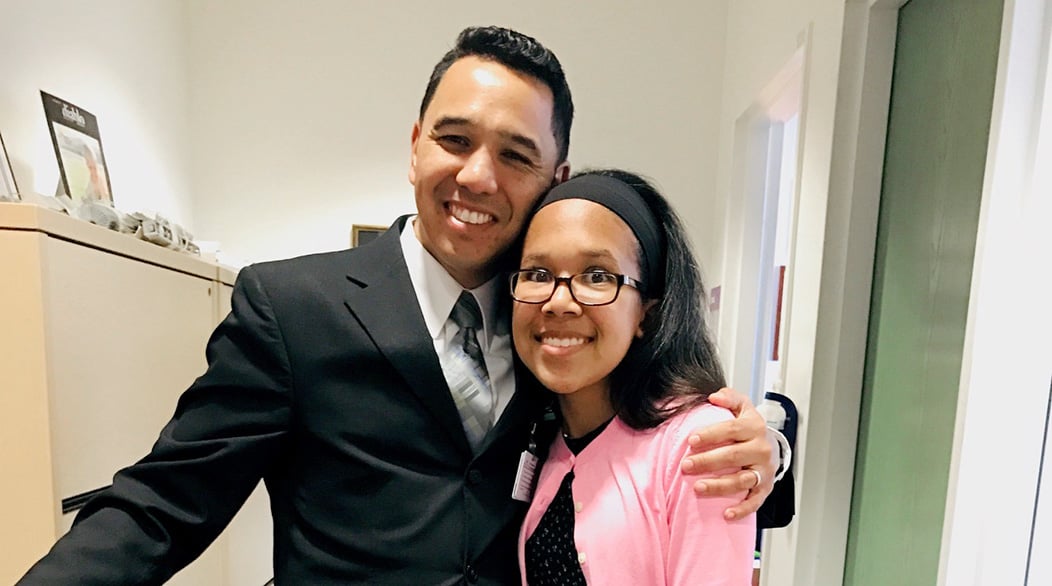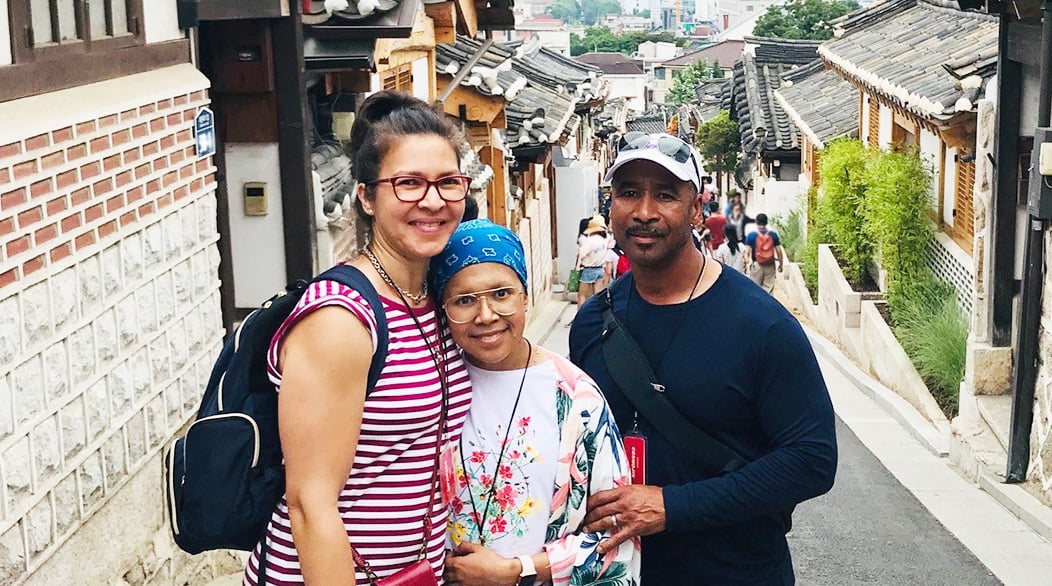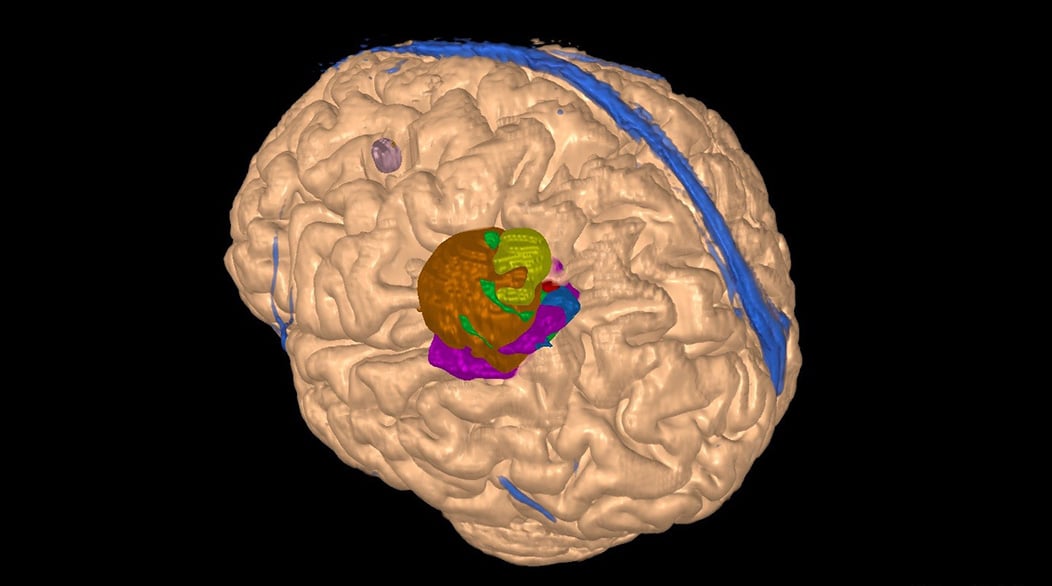When Dr. Kurtis Auguste first tried out a pair of virtual reality (VR) goggles in 2017 to play video games with his son, he instantly understood how the immersive 3D world could apply to him. It wasn't the now-ubiquitous battle games and space travel adventures that first came to mind but a realm he was intimately familiar with: brain surgery.
"I wondered if we could use this technology to take us inside patients' brains," said Auguste, a pediatric neurosurgeon at UCSF Benioff Children's Hospitals. The question led him to consider a range of uses, including preparing for complex surgeries and inviting patients and families to take a "VR flight" – a virtual journey into the patient's own brain – to better understand their diagnosis.
Auguste was keenly aware of the limitations of two-dimensional X-ray, CT and MRI images when it came to preparing a surgical path. Two-dimensional images of the brain provide only a single view or flat slice, often leaving surgeons to face unexpected obstacles when operating deeper than the images portray. Auguste knew that an accurately scaled image of what surgeons would actually encounter could both improve the ability to plan ahead for such problems and help surgeons train to perform complicated procedures.
Seven years later, Auguste has led VR flights for more than 100 patients and their families at both UCSF children's hospitals. The technology is used for some of the toughest cases, mainly patients with brain lesions or tumors. Auguste and his VR assistant, employed by the VR console maker, meld about 300 2D images of each patient's brain – taken from every angle of the head – into an accurately scaled, virtual 3D image. This provides a road map for identifying the best surgical entry point and a clear view of any physical obstacles that could result in avoidable bleeding or damaged nerves.
"Not only is VR visually stunning, compared to bland black-and-white 2D images, but I can actually move around the 3D space and study the environment that I'm about to explore surgically," Auguste said. "You see so much more in 3D than in 2D."




























